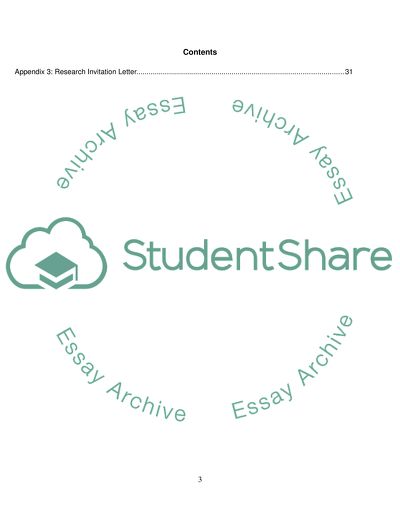Cite this document
(“Islamic Bank operating framework: a casestudy of Dubai and Malasyia Dissertation”, n.d.)
Retrieved de https://studentshare.org/macro-microeconomics/1390294-islamic-bank-operating-framework-a-casestudy-of-dubai-and-malasyia-banks
Retrieved de https://studentshare.org/macro-microeconomics/1390294-islamic-bank-operating-framework-a-casestudy-of-dubai-and-malasyia-banks
(Islamic Bank Operating Framework: A Casestudy of Dubai and Malasyia Dissertation)
https://studentshare.org/macro-microeconomics/1390294-islamic-bank-operating-framework-a-casestudy-of-dubai-and-malasyia-banks.
https://studentshare.org/macro-microeconomics/1390294-islamic-bank-operating-framework-a-casestudy-of-dubai-and-malasyia-banks.
“Islamic Bank Operating Framework: A Casestudy of Dubai and Malasyia Dissertation”, n.d. https://studentshare.org/macro-microeconomics/1390294-islamic-bank-operating-framework-a-casestudy-of-dubai-and-malasyia-banks.


